What Are Migratory Birds?
Written by Manya Pandey, a first-year undergraduate student.
Much like how airplanes fly by their established routes, migratory birds have certain flyways; currently, there are nine known flyways that the waterbirds use for migration
Written by Manya Pandey, a first-year undergraduate student.
We’re looking at what are migratory birds, and why are they coming to India.
What’s migration in birds?
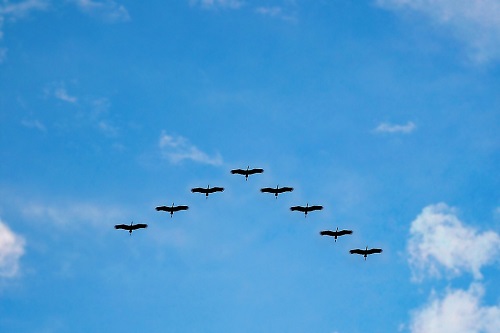
Briefly, migration is a seasonal movement in birds – they do this for a few reasons – to either get away from certain weather conditions, lay eggs, or find better resources
Do all birds migrate?
Fun Fact: Roughly half of 10,000 known bird species migrate regularly
Seafaring birds – that is those birds that adapted to life in the marine (sea, water) environment – travel thousands of kilometres, high above the blue oceans and mountains of central Asia to come to visit the Indian subcontinent, including Sri Lanka, in the months of September and October as a part of their winter migration.
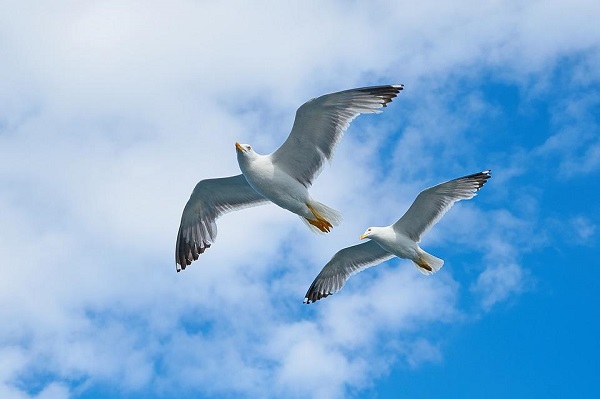
Such a long journey is also their survival race. But the seabirds are not alone: songbirds, waterfowl and even some birds of prey(hunting birds like eagles) have been known to migrate.
Flightless birds migrate as well. For instance, Adélie penguins trek back and forth 8,000 miles out of their breeding colonies into the freezing foraging grounds of Antarctica to find eatables.
Most bird species prefer travelling at night when the predators are fast asleep and the wind currents are calmer.
At night they use the moon, stars, and Earth’s magnetic field to find their way, just like ancient sailors. Also, there are interesting cases of partial migration. This is an amazing fact about birds – that they don’t get lost and reach where they have to!
Partial migrants
Partial migration means that, while some birds of a flock may fly down to newer territories others might choose to stay where they were. Such is the case of American Robins. Some fraction of their population stays in the breeding grounds, while others make an expedition down south.
But how do birds find their ways in the sky?
Much like how airplanes fly by their established routes, migratory birds have certain flyways; currently, there are nine known flyways that the waterbirds use for migration. Birds choose their routes that offer plentiful food for the journey and multiple resting spots along with mild weather conditions because migration for them is a race of survival and they don’t want to go extinct before even reaching their destination.
How do they know it’s time to go?
Simply put, birds are said to have an internal biological clock (it’s popularly considered a part of the animal brain and the hormones associated with sensing day and night) much like other mammals that’s precisely why animals can sense seasonal shifts.
Also, birds can estimate the time to set flight by using environmental cues such as changes in the length of the day, light intensity, or air temperature.
When does their return journey begin?
After a suitably long stay, the birds finally set their return flight in March or April. It’s quite a spectacle to see hundreds of birds splashing out of estuaries and disappearing into the sky.
But, birds are not the only ones
Fishes, including whales, are also known for migrating from colder to warmer seas or water bodies with less salt.
Turtles and dragonflies migrate too. The dragonfly migration is so intriguing, it actually extends up to 4 generations almost like a relay race. Animal researchers believe the dragonflies follow the Indian monsoons to the rainy season in eastern and southern Africa.
Even butterflies embark on migration journeys. In fact, Monarch Butterfly’s migration is one of the most bizarre spectacles of nature, they set flight from the United States and Canada for breeding, and travel down to Mexico for their winter sleep (scientifically known as hibernation)
Now here is a list of birds that you might have seen but they are not natives of India.
1. Siberian Crane
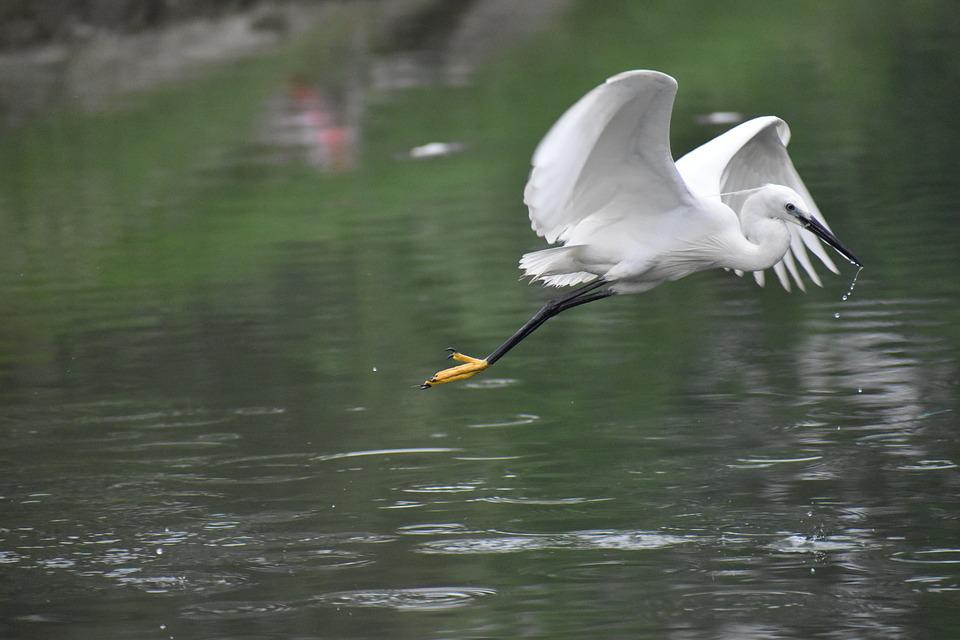
Siberian Cranes, also known as Snow Cranes for their white fur, are critically endangered species of migratory birds. They travel each year to the Keoladeo National Park in Bharatpur, Rajasthan.
Unfortunately, their numbers have been dropping each year and now they only visit in single digits of sevens and fives.
2. Greater Flamingo
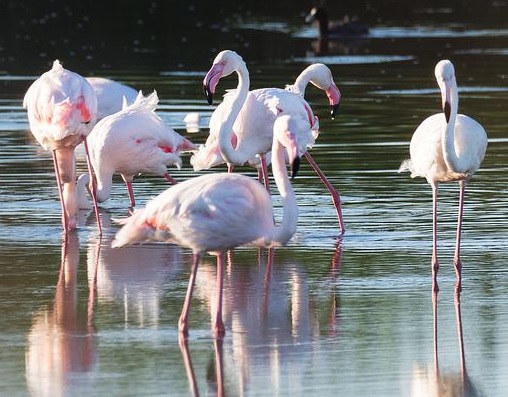
Greater Flamingo is the largest of all species in the entire flamingo tribe. They can be found stationing their tall pink bodies in their special one-legged pose in the shallow water of Gujrat, India.
In fact, Gujarat is the only place in India to spot both greater and lesser flamingos.
Read this superb piece about – why are flamingos pink, written by one of our finest teen writers
3. Demoiselle Crane
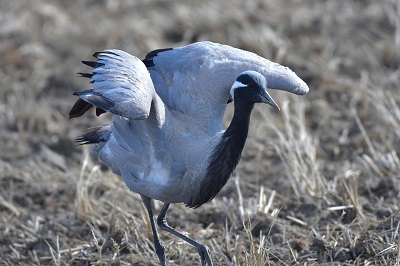
Demoiselle Crane is known as Koonj or Kurjaa in India. It can be found basking in the mild winters of Rajasthan deserts or feeding on “Chugga Ghar” in Punjab (the people of Punjab have established feeding grounds for the birds known as “Chugga Ghar’).
The birds are native to Europe, Siberia and Turkey so the Eurasian population migrates to Africa, and the birds from Asia, Mongolia and China choose to spend their winter in the Indian subcontinent.
4. Blue-tailed Bee Eater

It’s a predominant migratory bird that is known to flock to different countries including Thailand, Myanmar, and Sri Lanka.
In India, they breed in river valleys of South Indian rivers including the Krishna, Kaveri Godavari, and Tunga Bhadra rivers. They have also been spotted in parts of Gujarat and the western peninsula.
6. Eurasian Sparrowhawk
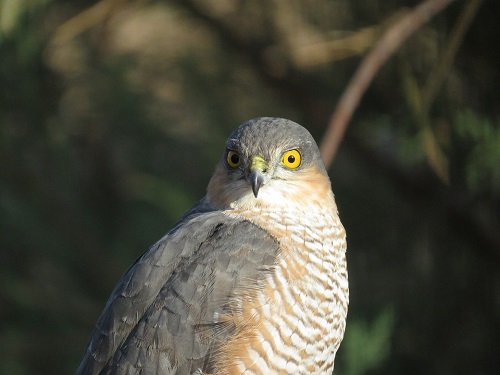
Eurasian sparrowhawk is one of the few migratory raptors (that is, birds that prey on others – like eagles) that touch down on Indian soils every winter.
It’s a widespread raptor species and is under no prominent threat according to the IUCN (International Union for Conservation of Nature). Although it’s hard to spot, you can find it in the Himalayan ranges.
Lastly, do you know bird researchers are called ornithologists?
Know any fun facts? Tell us about it :). I Kid You Not now has a large readership across India and also parts of the world. If you want to write for us, you can submit your story here. You can also apply to become a news anchor. Apply here
Sign up for our free newsletter here




Comments